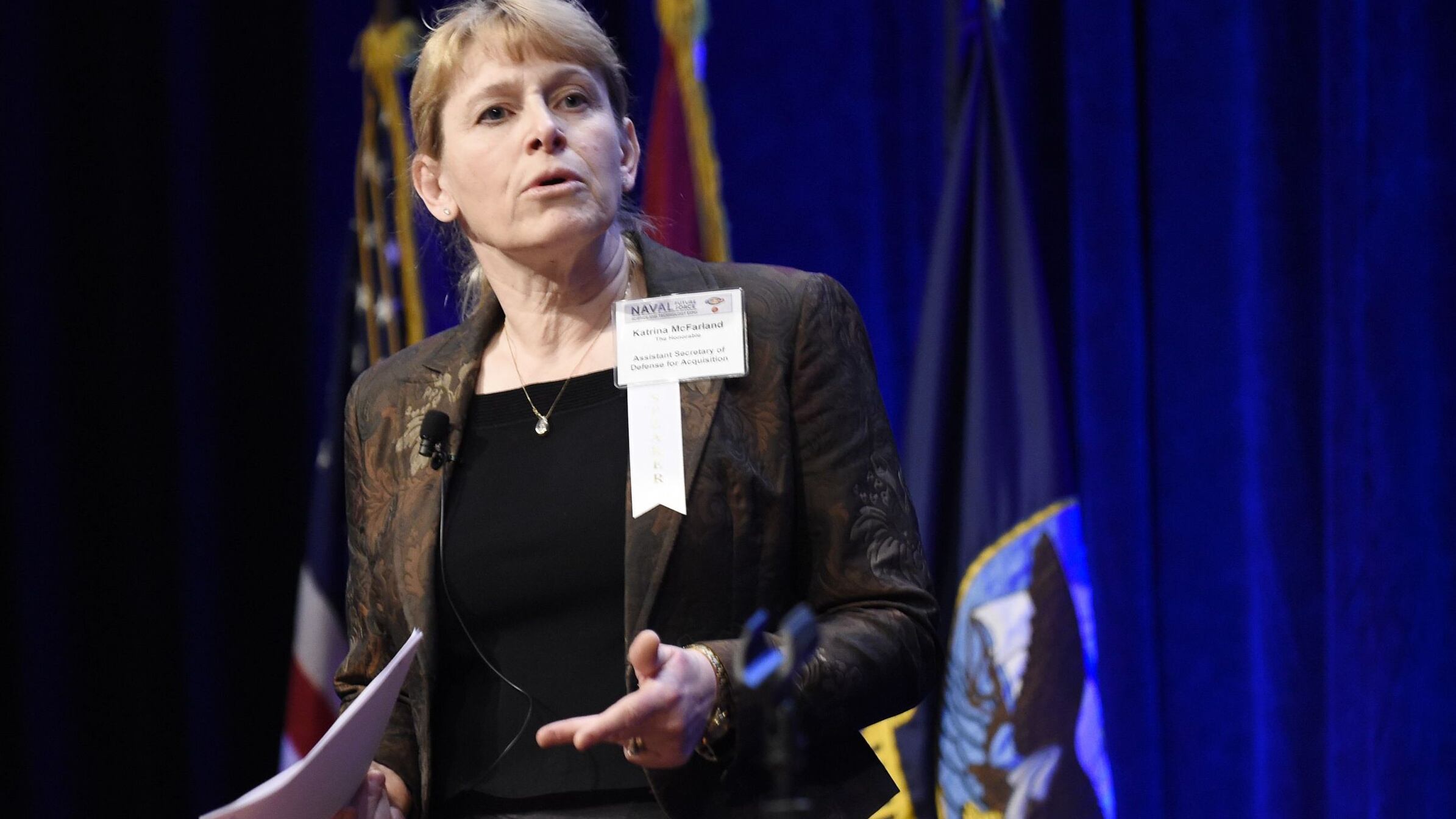The ability to work through cyber or electronic warfare attacks is dependent upon two factors: understanding systems and categorizing what's most critical.
In terms of cyber and EW, "one of the elements that we're trying to get all of our programs to assess with their requirements developer is what is the criticality in terms of priority of mission inside of the system?" said Katrina McFarland, acting assistant secretary for the Army for acquisition, logistics and technology, said "If you take a look at a system, there are many functions that a system performs military – some of them more critical than others. That needs to be understood because then, in terms of how do you build protection inside of that system, you create the environment that protects the highest degree those most critical missions while allowing some degradation of the non-critical missions."
That allows for better balance inside the system when operating through a cyber or EW attack – but it's also a subject of intense discussion.
"That is a very deliberate debate – that's a very deliberate engineering and operational debate that has to occur throughout all of our enterprise because we cannot afford to protect all things at equal levels. It's not worth it," McFarland said Aug. 17 via video teleconference at the Space and Missile Defense Symposium in Huntsville, Alabama.
This approach demands that the requirements and development community to be intertwined as it is important to understand how to design missions around the acceptance that they will be degraded, McFarland said. The Army must evaluate how to train soldiers to operate in a degraded environment, recognizing that they're under a cyber or electromagnetic attack, working thorough it to succeed in their mission, she added.
McFarland described cyber and EW as "enterprise challenges." The Army, she said, is looking at critical technologies in the cyber and electromagnetic activity space, or CEMA. She defined this space as "activates leveraged to seize, retain and exploit an advantage over adversaries both in the cyberspace and electromagnetic spectrum while simultaneously denying and degrading adversary's use of the same."
The other element of cyber has to consider "how do I make a cyberattack not useful, unvalued? In other words, can I operate through cyber [attack]?" she said. "Just because it's there doesn't mean that necessarily it's going to stop my mission. I can create an environment that makes it so dynamically not valuable to the adversary to do it."
McFarland also described future challenges involving wireless capabilities within the radio sphere.
"The dominance in wireless radio frequencies are going to become some of the most important factors in battle and will greatly alter the way the Army must organize itself to accomplish future missions," she said. In the European theater, the "use of spectrum is going to be very carefully conscripted toward the host nation or the environment that we are trying to operate in," she added.
Mark Pomerleau is a reporter for C4ISRNET, covering information warfare and cyberspace.






